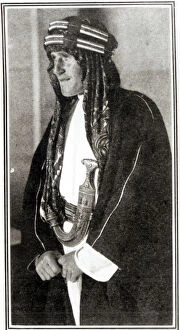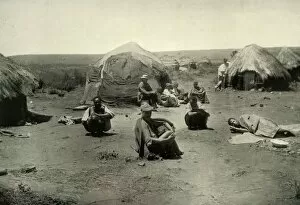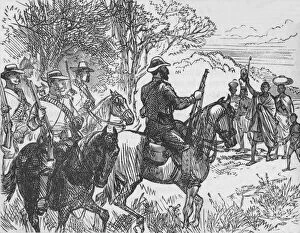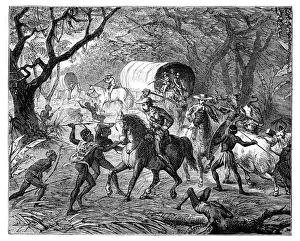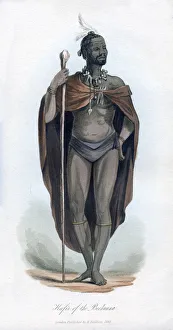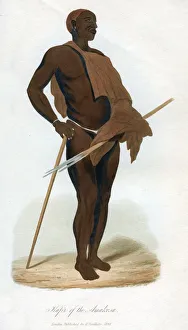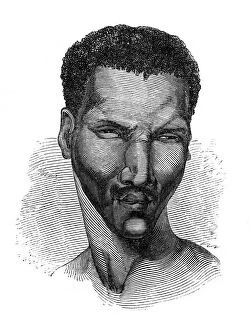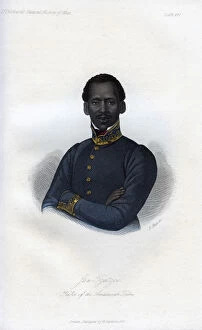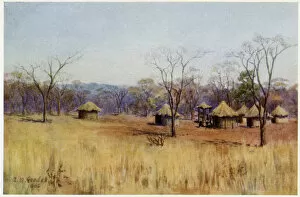Kafir Collection
"Exploring the Rich Tapestry of Kafir Culture Through Captivating Images" Step back in time and immerse yourself in the captivating world of "kafir
All Professionally Made to Order for Quick Shipping
"Exploring the Rich Tapestry of Kafir Culture Through Captivating Images" Step back in time and immerse yourself in the captivating world of "kafir, " a term that has traversed continents and centuries, carrying with it stories of diverse cultures and historical events. From Colonel T. E. Lawrence's enigmatic presence captured in a striking black-and-white photograph from 1919 to the fierce Eight Gurkhas depicted in an intricate pencil and watercolor artwork dating back to 1815, these glimpses into history offer us a window into the lives of those who have been labeled as "kafirs. " In another mesmerizing image, we witness T. E. Lawrence alongside Mr. L. Thomas outside their tent, donned in traditional Arab attire—a testament to his deep immersion within various cultures during his remarkable adventures. Traveling further across continents, George Washington Wilson's lens transports us to a Kaffir Kraal nestled amidst the Transvaal landscape in 1900—an evocative portrayal of daily life within this community. Delving deeper into history, we encounter scenes capturing volunteers meeting loyal kafirs and their families around 1880—a poignant reminder that beyond labels lie genuine human connections. Yet not all depictions are peaceful; we confront images depicting natives attacking convoys during The Caffre War—reminders of conflicts entwined with complex colonial legacies. Venturing even further back, Pranishnikoff's artwork from the Cape Colony takes us to encounters between Boers and kafirs during South Africa's tumultuous 19th century—a visual representation of cultural intersections fraught with tension. The exploration continues as we discover illustrations showcasing Mongolian races from that same era—an intriguing juxtaposition highlighting how different regions embraced or grappled with notions surrounding "kafir. " Returning closer to home but still spanning decades past, portraits emerge.

